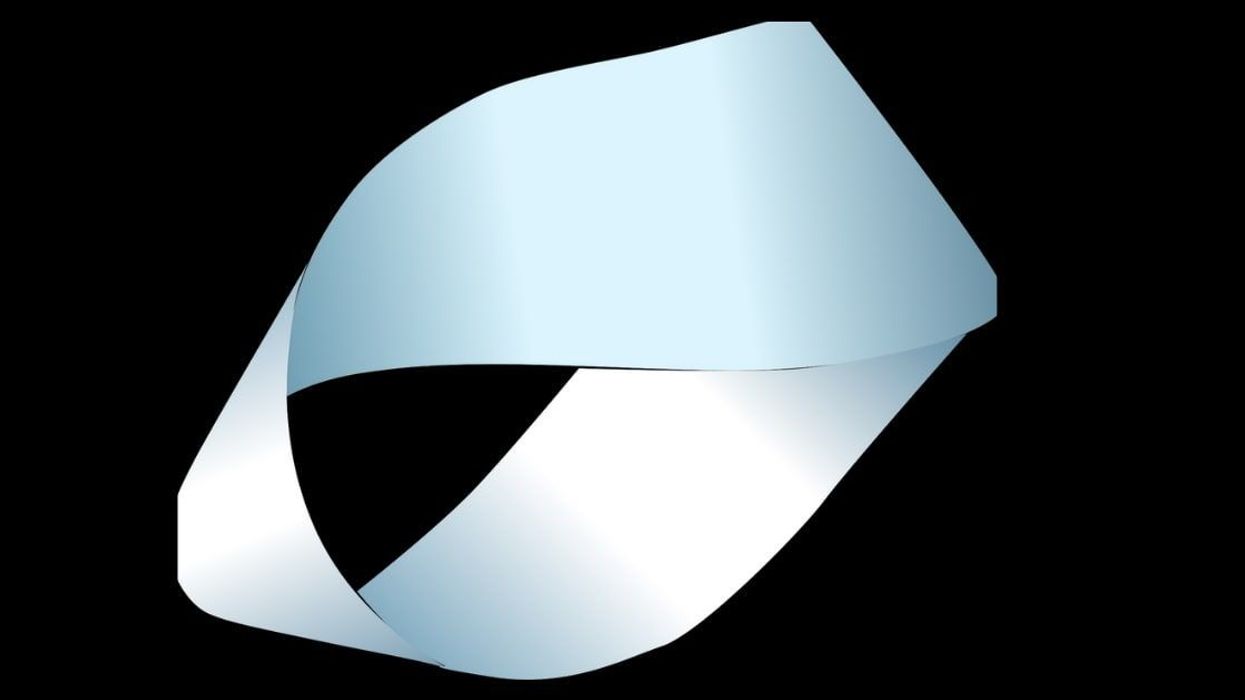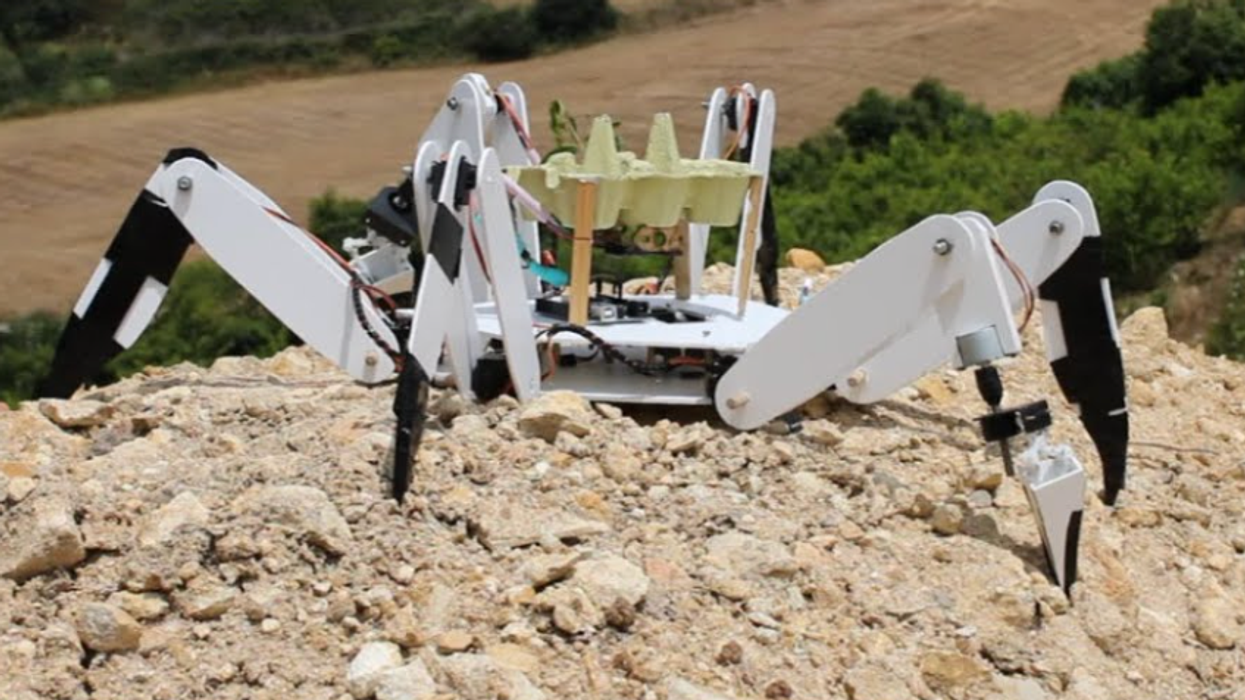The Möbius strip is a tantalizing geometrical entity where mathematics meets art. For centuries, the idea of a Möbius strip has been employed in architecture, cassette tapes, typewriter ribbons, print cartridges, and even in fiction. Forty-six years ago, two mathematicians postulated that there needs to be a minimum size of paper to create the strip. However, they couldn’t prove their hypothesis. Now, after almost five decades, the mystery has been cracked by a mathematician at Brown University, who published his study on the arXiv server.

According to Wolfram Mathworld, a Möbius strip, also called a "twisted cylinder," is a one-sided, non-orientable surface obtained by cutting a closed band into a single strip, giving one of the two ends a half twist, like a ring, and then reattaching the two ends using a tape. The resulting shape is something on which one can draw a line across the whole surface without having to lift the pen off the paper.
The curious figure was discovered in 1858 by two German mathematicians named August Ferdinand Möbius and Johann Benedict Listing. A few years after its discovery, in 1977, two mathematicians Charles Sidney Weaver and Benjamin Rigler Halpern created the Halpern-Weaver Conjecture, proposing that there needed to be a minimum size of paper strip in order to form a Möbius strip, per IFL Science.
According to their theory, the strip couldn’t intersect itself at any point. There could be no overlaps. They proposed an aspect ratio of 1.73, which equates √3 as the minimum size, but they couldn’t prove it. The brain-teasing puzzle of the Möbius strip lingered, waiting for a new generation of mathematicians to solve it. And in January 2024, a mathematician found the answer to this long-standing puzzle.
Richard Evan Schwartz from Brown University proved that the minimum size proposed by the Halpern-Weaver Conjecture, an aspect ratio of 1.73, or √3, is indeed true. “Möbius bands, they have these straight lines on them. They’re called ‘ruled surfaces,’” Schwartz told Scientific American, adding, “Whenever you have paper in space, even if it’s in some complicated position, still, at every point, there’s a straight line through it.”
Arriving at this conclusion was no piece of cake as Schwartz explained he had to try various tactics over many years to do this. At first, he broke down the problem into manageable chunks. He resolved many of his own mistakes including that slicing a Möbius strip at a particular angle would result in a parallelogram. Instead, it was a trapezoid. “Oh, my God, it’s not the parallelogram. It’s a trapezoid...the corrected calculation gave me the number that was the conjecture,” Schwartz recalled. “I was gobsmacked... I spent, like, the next three days hardly sleeping, just writing this thing up.”
Although this particular mystery concerning the wacky geometrical loop has been solved, many others surround its abstract topological surface. For this reason, the amazing Möbius strip has been seen in various works of art, drama, and fiction. For instance, a TikToker (@smallerbrain) describes that Mobius Strip features in the “Avengers Endgame.”
This article originally appeared 4 months ago.



















 A road near equatorial Atlantic OceanCanva
A road near equatorial Atlantic OceanCanva Waves crash against rocksCanva
Waves crash against rocksCanva
 Image artifacts (diffraction spikes and vertical streaks) appearing in a CCD image of a major solar flare due to the excess incident radiation
Image artifacts (diffraction spikes and vertical streaks) appearing in a CCD image of a major solar flare due to the excess incident radiation
 Brady Feigl in February 2019.
Brady Feigl in February 2019.
 Yonaguni Monument, as seen from the south of the formation.
Yonaguni Monument, as seen from the south of the formation. 

